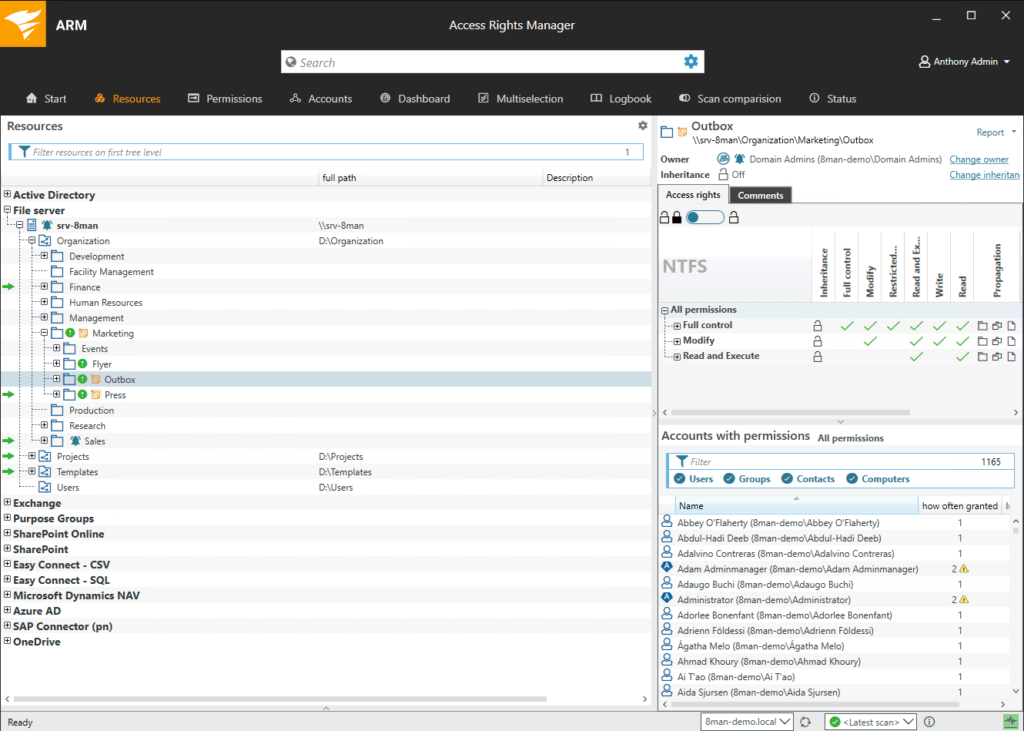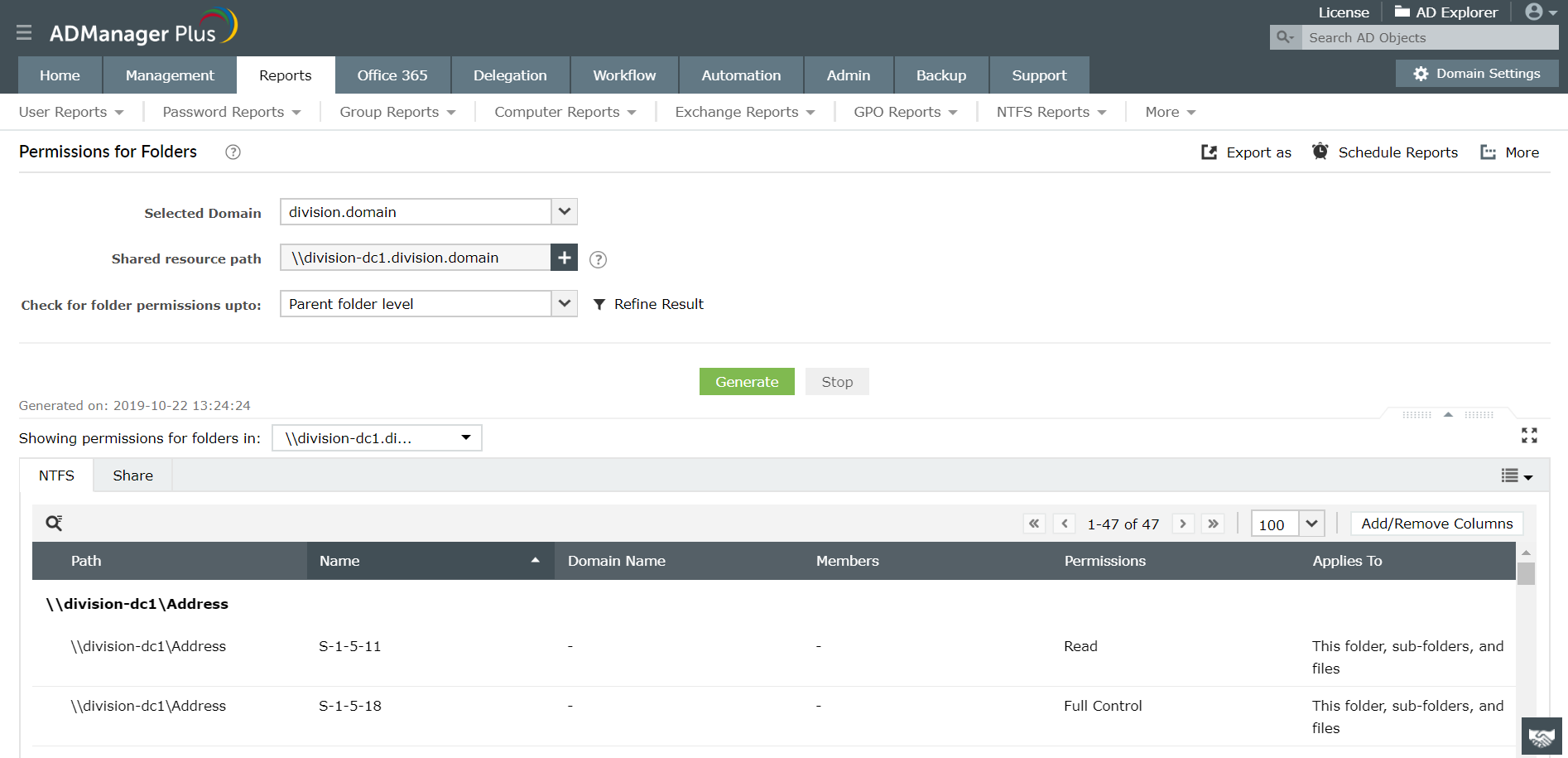

“ The users is not member of the file servers local group” – but that is actually not true. The group has the permission “ Read & Execute” and the special authorization to “ Create files / write data“. With „Read“ only permissions from the authorization group.Ī look at the NTFS permissions reveals why it turned out differently.īy default, the local group “Users” is authorized to access on any NTFS volume. The folders should be made invisible by ABE Whether or not the user has the permissions. Meaning: that these permissions take effect The user has „Read“ authorizations (based on its authorization group memberships) the user has „Read“ permissions for the folders,.The user has permissions for (based on its authorization group memberships) the user can only see the folders with ABE,.A users account becomes member in various groups, including the group “RF-Data-R”. Create further sub folders and authorizations groups if you likeĪBE (Access Based Enumeration) is activated for this share.Assign “Change” permissions to the share.Assign “Read” permissions to the group for the folder “D:\Data”.Create an authorization group „RF-Data-R“ in your Active Directory Domain.Create a share for the folder “D:\Data” with the name “Data”.

In the following example I’d like to illustrate the problem of access authorizations for local groups a bit more. In Practice – Share and File System Authorizations NTFS permissions then control whether a user can “Change” oder “Read”. In practice, authorizations on the Share are usually set to “Change” access. This happens independently from the NTFS permissions, which could be wider here. If you assign read permissions on the share only, the access will be limited to „read“ at the maximum. The authorization for File Servers shall be assigned by the principle of the lowest common denominators between: Theory – Authorization Assignment for File Servers
#Ntfs vs share permissions windows
Especially how they work together with the UAC (User Account Control) and NTFS permissions under Windows Server 2012R2 and Windows Server 2012R2.Įverything seems very clear, but it raises questions looking at it a second time. In the last weeks I frequently had discussions about the two local groups Users and Administrators.

2 In Practice – Share and File System Authorizations.1 Theory – Authorization Assignment for File Servers.


 0 kommentar(er)
0 kommentar(er)
